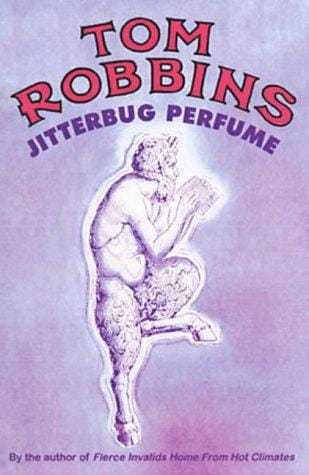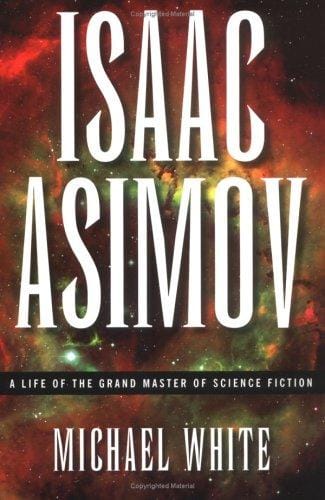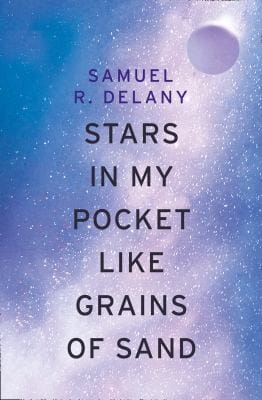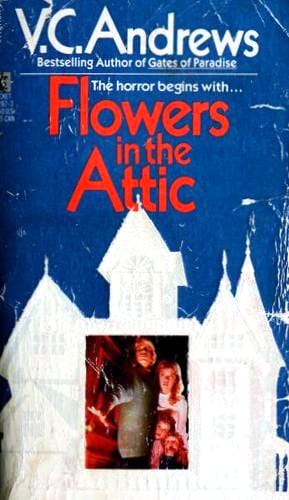A Swiftly Tilting Planet: Exploring Madeleine L'Engle's Time-Travel Masterpiece
Explore the themes, plot, and enduring relevance of Madeleine L’Engle’s A Swiftly Tilting Planet in this 800-word deep dive into her time-travel classic.
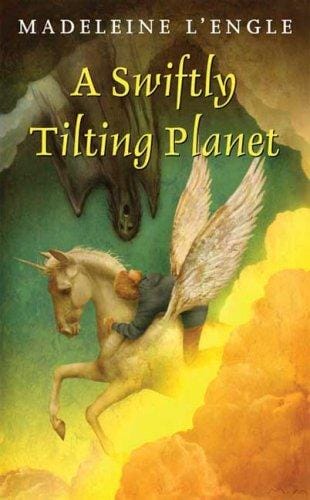
Introduction to a Timeless Journey
Since its publication in 1978, "A Swiftly Tilting Planet" has enthralled generations of readers with its sweeping blend of science fiction, fantasy, and spiritual reflection. As the third installment in Madeleine L’Engle’s beloved Time Quintet, the novel expands the universe first opened in "A Wrinkle in Time," inviting audiences to travel across centuries alongside Charles Wallace Murry and the winged unicorn Gaudior. Richly layered and deeply humane, the story examines how even the smallest actions can echo throughout history, reminding us that the future is shaped by choices of the heart as much as by cosmic forces.
Plot Summary: Racing Against Nuclear Catastrophe
The narrative begins on a tense Thanksgiving evening when the Murry family learns that a volatile South American dictator, Madog Branzillo, is threatening nuclear war. Prompted by Mrs. O’Keefe’s urgent recitation of the ancient "rune of peace," fifteen-year-old Charles Wallace teams with Gaudior to embark on a series of "withinings." These metaphysical journeys allow him to inhabit key figures from different eras, each linked to Branzillo’s ancestry. From a prehistoric tribal leader to a hopeful nineteenth-century immigrant girl, Charles Wallace must steer pivotal moments toward compassion rather than conflict. Meanwhile, his sister Meg, now pregnant and confined to bed, assists telepathically through "kything," searching for the point where a single wrong choice set history on a destructive path. Their mission: alter that decision and tilt the planet back toward peace before midnight strikes.
Themes of Interconnection and Responsibility
At its core, "A Swiftly Tilting Planet" explores the profound interconnectedness of human lives. L’Engle illustrates how community, ancestry, and intention weave an intricate tapestry across time. Every life, no matter how obscure, influences the greater whole. The novel therefore challenges readers to recognize personal responsibility on a global scale. In an age of heightened geopolitical tension, L’Engle’s message that empathy and courage can shift the course of history feels strikingly contemporary.
The Power of Prayer and Poetry
The rune that anchors the novel is itself a poem, invoking both Celtic myth and Christian tradition. By repeating the ancient words—"In this fateful hour …"— the characters channel a force larger than themselves, underscoring L’Engle’s belief in the unifying power of language, faith, and imagination. Prayer, in the book, is not escapism but active engagement with reality, a way to align human will with a higher purpose.
Complex, Relatable Characters
Charles Wallace, whose precocious intellect was introduced in "A Wrinkle in Time," faces his greatest challenge yet. Though gifted with heightened perception, he is still a teenager grappling with fear and self-doubt. His journey through other minds forces him to confront what it means to lose one’s identity for the greater good. Meg, while physically sidelined, reveals her evolving strength as a wife, soon-to-be mother, and psychic partner. Even minor figures like Mrs. O’Keefe—initially an abrasive in-law—gain unexpected depth, illustrating L’Engle’s commitment to multifaceted character portrayals.
Gaudior and the Mythic Dimension
The unicorn Gaudior embodies the bridge between myth and science that defines L’Engle’s storytelling. His shimmering presence recalls medieval legends, yet his ability to bend time and space echoes modern physics theories. Through Gaudior, the novel invites readers to experience wonder while grappling with real-world stakes, reinforcing the idea that rational inquiry and spiritual awe can coexist harmoniously.
Historical Vignettes That Illuminate the Present
Each "within" sequence drops Charles Wallace into a distinct historical context: Ice Age tribes, early European explorers, Civil War-era America, and more. L’Engle meticulously sketches these eras, capturing shifting landscapes, dialects, and cultural tensions. The result is a mosaic of human aspiration and frailty, demonstrating that the seeds of today’s crises were planted long ago—and that redemption is always possible through compassionate choices.
Position Within the Time Quintet
While "A Wind in the Door" deepened the microscopic scale of L’Engle’s universe, "A Swiftly Tilting Planet" expands it outward, situating personal drama within a global, even cosmic, framework. This widening scope makes the book a pivotal bridge between the intimate battles of the first two volumes and the theological explorations of "Many Waters" and "An Acceptable Time." Reading the series in sequence reveals how L’Engle patiently builds a cohesive vision of time, space, and love transcending all boundaries.
Literary Style and Language
L’Engle’s prose is simultaneously lyrical and direct, weaving scientific terminology with Celtic lore, biblical echoes, and everyday dialogue. The alternating perspectives—Meg’s anxious vigil, Charles Wallace’s immersive withinings, Gaudior’s timeless wisdom—create a rhythm that propels the narrative forward while encouraging reflection. Frequent references to music, particularly the hymn "St. Patrick’s Breastplate," lend the text a resonant musicality that amplifies its spiritual overtones.
Relevance for Modern Readers
Decades after the Cold War, the specter of global conflict still looms, and questions about how individual actions affect the collective future remain urgent. Environmental concerns, social justice movements, and geopolitical instability make "A Swiftly Tilting Planet" feel eerily prescient. L’Engle offers hope without naivety: real change demands imagination, empathy, and moral courage. For educators, parents, and young adults, the novel serves as both a captivating narrative and a springboard for discussions on ethics, history, and civic engagement.
Conclusion: Tilting Toward Hope
"A Swiftly Tilting Planet" endures because it refuses to surrender to cynicism. Through deft storytelling and profound insight, Madeleine L’Engle affirms that every generation holds the power to redirect humanity toward light. As readers close the book, they are left not with despair over looming threats, but with a renewed conviction that love, enacted through small yet purposeful deeds, can indeed alter the axis of the world.
